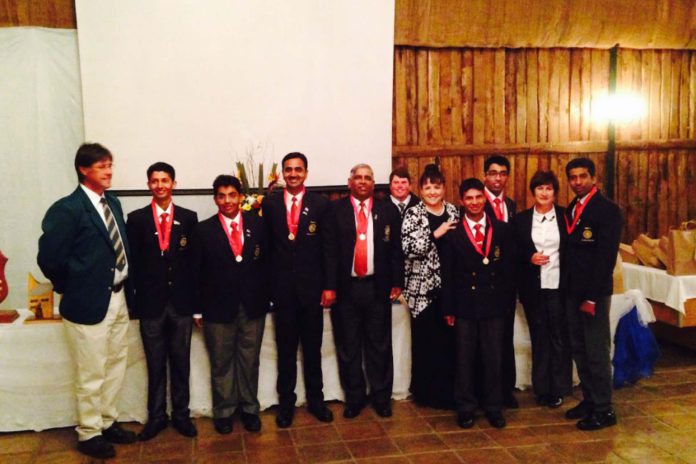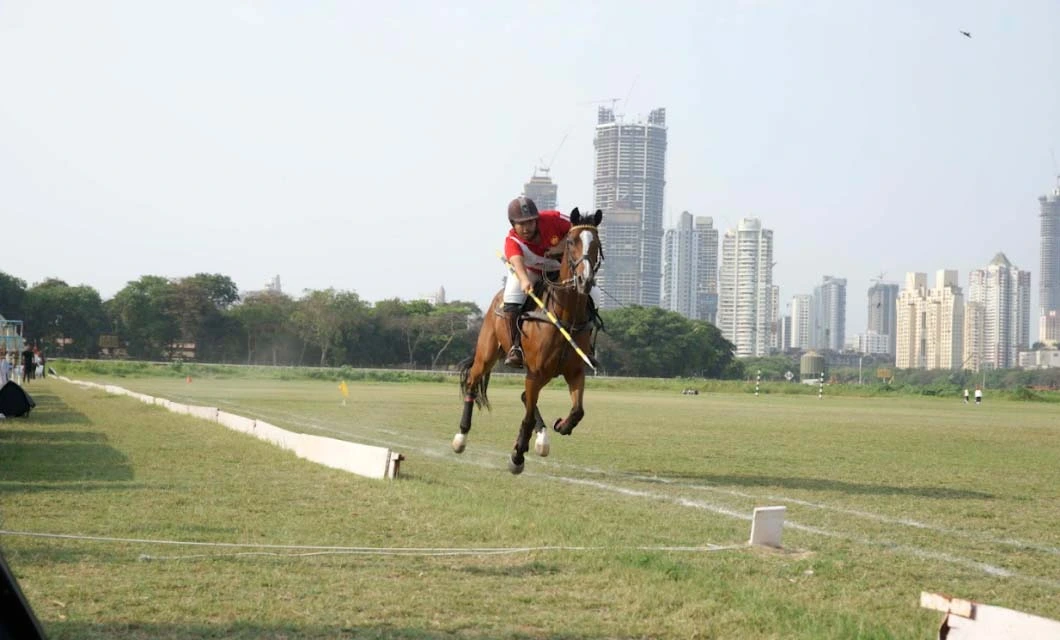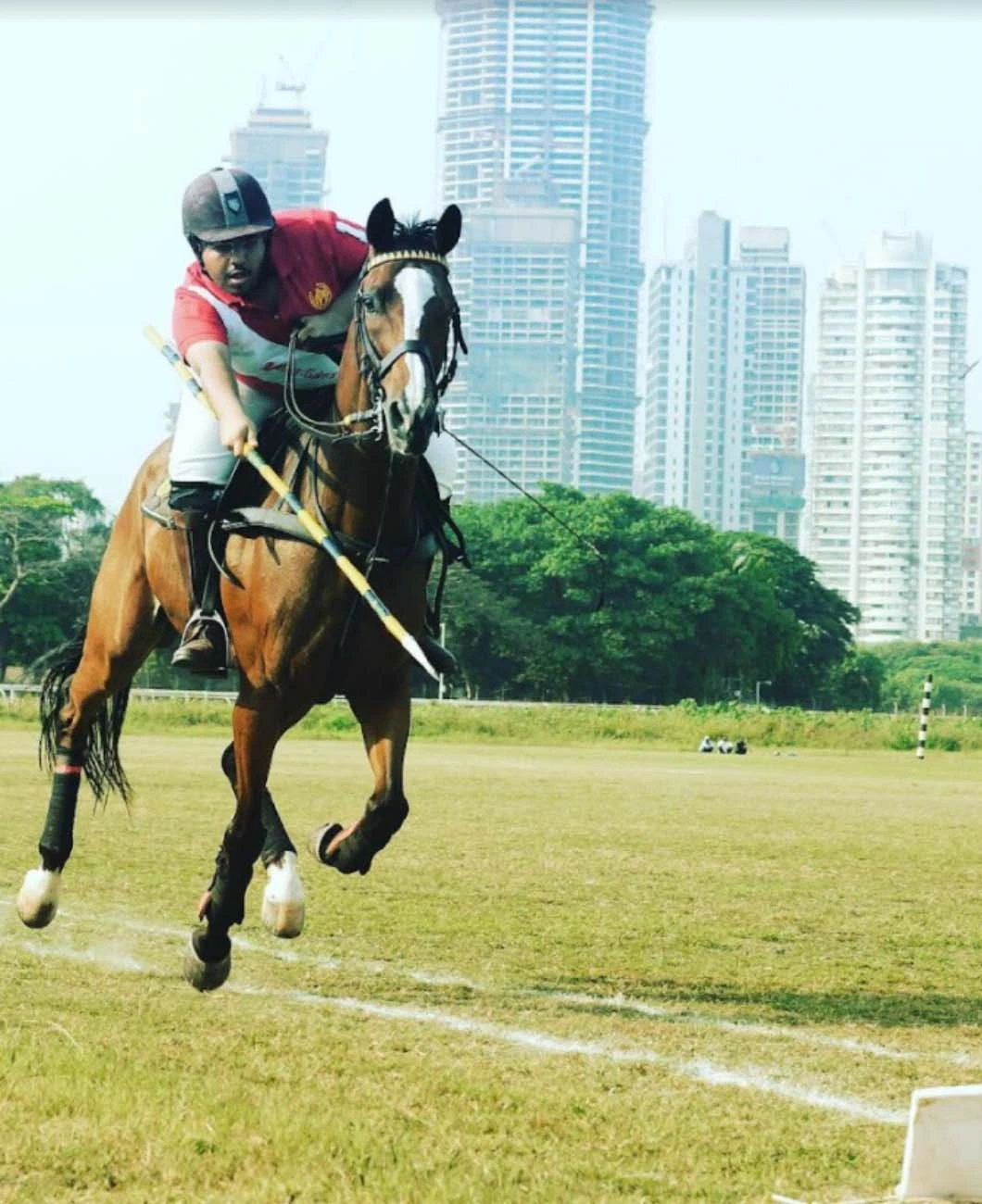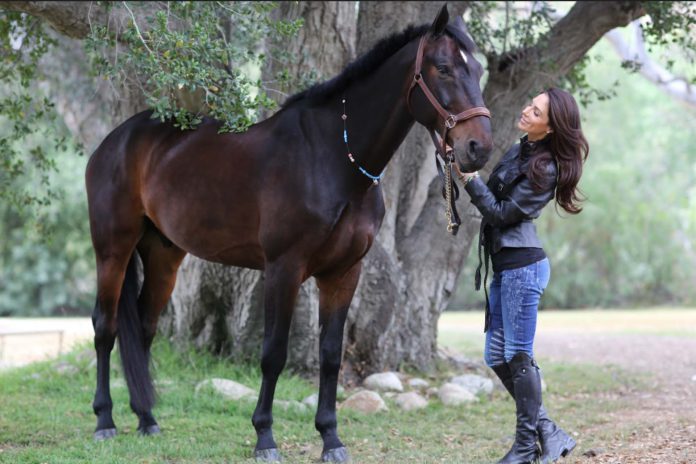Tent Pegging, as the name suggests, emerged from war times, when the armed forces would remove the peg of the enemy tents at night, whilst riding their horses, using swords or lances.
Some literature points to the fact that the game may have started long back, around the 4th century BC. The spread of the game took place through the Asian and European empires. As a result, its date and location of origin remain ambiguous. As per the International Equestrian Federation (IEF), most equestrian authorities believe that Tent Pegging originated in the Indian subcontinent, in the battlefields in the middle-ages.
BASIC RULES
The sport of Tent Pegging has a mounted horseman riding at a gallop, with a sword and/or a lance to pierce, pick up, and carry away a small ground target or a series of small ground targets. With the track being 80 meters, there’s a time-limit ranging from 6 to 8 seconds, based on the condition and the pace of the track.
The sport is now gaining popularity. Usually regarded as a cavalry sport, it is well known in the army crowd; however, with an increase in facilities, Tent Pegging is beginning to see more civilian participation now. One such prominent name from the Indian Tent Pegging community is that of Pranay Mehta.
Pranay had taken part in Corsage and jumping events before the switch to Tent Pegging. The former medallist, from the youth world championships, has formed quite a resume for himself, with bronze and silver medals from team events in the 2015 youth world championships in South Africa to becoming the youngest jury member in 2019 at the age of 23. Pranay has made the sport popular in Mumbai.
Pranay mentions how his father’s association with horse riding from a young age paved the way for him, as he rode his first horse on his 7th birthday and participated in his first championship at the age of 9. He joined the International Tent Pegging Federation (ITPF) in Oman. He has made the effort to make the game more widespread, by training young, upcoming players and sharing his experience of representing India at the highest level.
Pranay made the switch to Judging at the Abu Dhabi world championship in 2019 and became the youngest jury member. He was also the judge at the Indian qualifiers which took place in Greater Noida. He described the switch as being smooth. However, he claims that being a player is a simpler job as he only has to focus on himself, the horse and his goals. Judging requires much more responsibility as well as being present on the field for over six hours at a stretch, in hot weather.
While explaining Tent Pegging, Pranay emphasises the new rule which lets the player play with the left hand as well. Time is an extremely critical part of Tent Pegging as a penalty can cost the match, no matter how many points the rider picked.
It is critical for riders to pick the horse they connect well with, be steady and have a nice seat. Pranay mentions his ideal horse to be one with longer strides so as to cover the track quickly and for the horse’s gallop to be less bouncy. His favourite breeds are half bred and thoroughbred. Riders usually have two fixed horses during a competition and around three-four during training in case of injuries. Some of the famous fast horses in the Delhi Tent Pegging circuit are Topgun, Tarana and Praveen Jaftap’s Marvel.
INDIA’S PARTICIPATION
There has been a considerable increase in the interest of Indian riders at Tent Pegging events, as there are more civilians and younger players coming into the sport now. Pranay describes the medals at the 2015 youth championships in South Africa to be a huge achievement for the country as no one expected India to perform so well. India finished 5th overall at the Abu Dhabi World Championships in 2019.
Pranay has represented India in Sudan, Pakistan, South Africa and Norway. In order for civilians to enter Tent Pegging as a career, they require to clear the RELs to enter the National Equestrian Championships (NEC), which then allows riders to qualify for India. As many as 300 riders take part in the Indian Qualification and only five out of them make the team.
The sport looks to be growing from here on the global stage. Especially in the subcontinent where the number of local tournaments and riders are rising. The sport is popular in Pakistan with over 800 riders being present at local tournaments.







